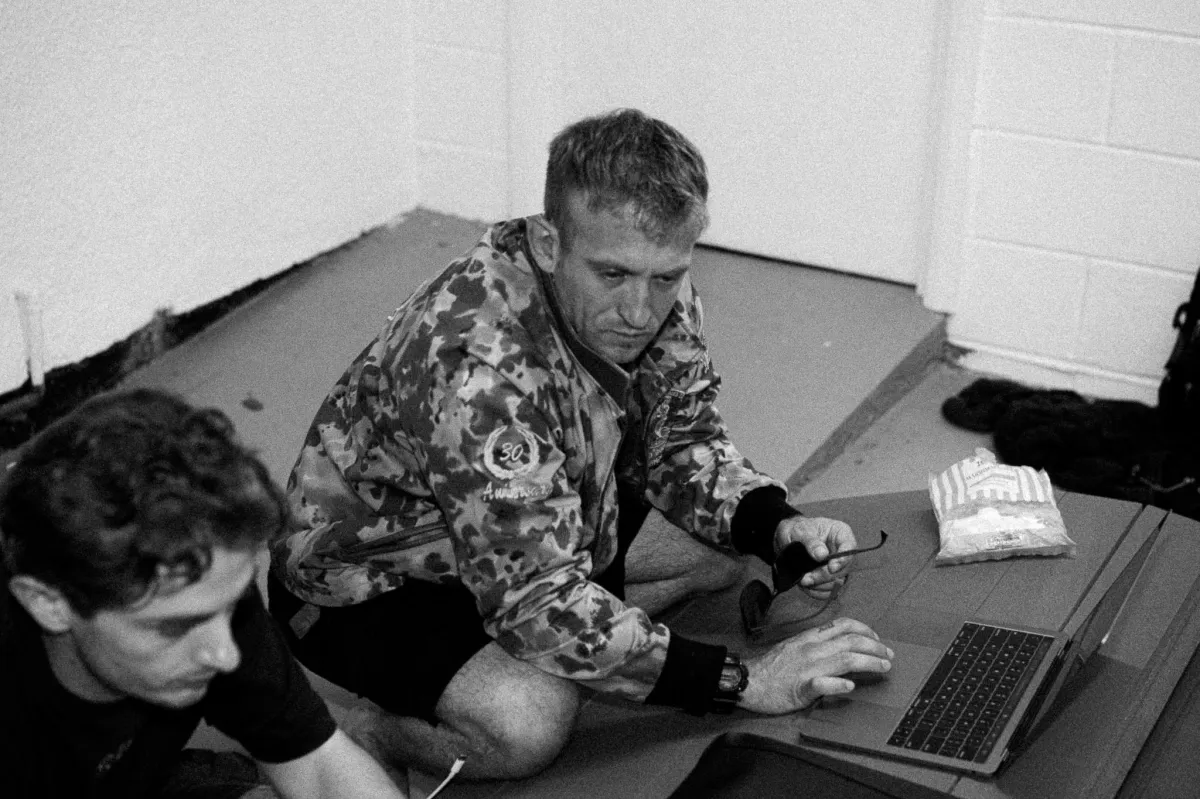
Take Control of the Situation
Take Control of the Situation
Prioritise and Execute with Calm Discipline
Pressure is part of leadership. What decides your impact is whether you let events set the pace or you set it yourself.
Overwhelm often comes from trying to solve everything at once. You feel busy but progress stalls. The antidote is simple in theory and hard in practice. Choose the most important task, finish it, then move to the next.
At Kaizen Summit we call this a discipline. Prioritise, then execute. Repeat until the job is done. It is the daily expression of Continuous Improvement.
Own the plan before the plan owns you
Without a plan you react to noise. With a plan you still need to adapt. The point is not to predict every twist. The point is to control your response.
Set your priorities the night before. Write three outcomes you must deliver tomorrow and rank them in order or importance. In the morning, start with number one. Do not touch two or three until one is complete or blocked. This is Structured Guidance made practical.
A written list forces clear thinking. It reduces arguments with yourself and frees energy for the work. It also gives you a way to reset when the day throws a surprise. You look at the list, you decide if the new task is truly higher, and you adjust once, not every hour.
Detach to see clearly
When you are inside a problem, everything feels urgent. Detachment gives you perspective. Step back, breathe, and look at the whole field. Ask what matters most to the mission, not to your mood.
A whiteboard, notebook or simple notes app helps you detach. Writing puts distance between you and the noise. Step back and read your list out loud. From that vantage point the true priority is easier to see.
Detachment is a trainable skill. A slow breath in, a longer breath out, then a single question: what must happen next? That reset costs ten seconds and can save hours. It also supports Physical Resilience by lowering the heat of the moment.
Handle multiple problems by sequencing, not juggling
Trying to tackle five issues at once usually means finishing none. Sequence them. Start with the task that unlocks the others or carries the greatest risk if delayed. Finish that. Then reassess the list and move to the next.
If circumstances change, change your plan. The rule is simple. Re-prioritise deliberately, not impulsively. Make one clean switch, inform your team, and return to execution.
Use perspective to strengthen the plan
Detachment helps more than triage. It exposes gaps. When you step back from a plan you spot missing resources, unclear hand-offs and weak contingencies. You can then vector support to where it is needed.
This protects your team and your timeline. It also deepens Community Connection. People feel backed when leaders remove friction instead of adding pressure.
Detach from ego to de-escalate
Most problems get worse when pride or emotion leads. If you feel your temper rise, detach. Lower your voice. Ask a question instead of making a speech. This often defuses tension and keeps everyone focused on the task.
Calm under pressure is not a personality type. It is a choice repeated until it becomes a habit. Teams trust leaders who stay steady when others panic. That trust speeds decisions and reduces mistakes.
Make prioritise-and-execute a team habit
Clarity is contagious. Share the top priority and why it matters. Ask key people to repeat the plan back in their own words. If they cannot explain it simply, it is not yet clear. Simplify and try again.
Keep updates short and regular. Confirm what is complete, what is blocked and what is next. This cadence is Structured Guidance in action. It replaces guesswork with simple, shared direction.
Protect the engine that powers discipline
Discipline fades when the body is drained. Sleep, nutrition and movement are not luxuries. They are the base of consistent output. Short walks, water on your desk and a hard cut-off for screens at night will sharpen your thinking.
These habits build Physical Resilience. They make detachment easier and keep your responses measured. When your body is steady, your priorities are easier to hold.
Strengthen Skill Mastery through repetition
Choosing the highest priority is a skill. It improves with reps and honest reviews. After a task, take a minute to assess. Was that truly the right priority? Did you drift into low-value work? What will you do differently tomorrow?
This small loop builds Skill Mastery. You learn your own patterns and correct faster. Over time the gap between plan and action narrows.
Common traps and how to avoid them
Switching too often breaks momentum. If a new issue appears, pause and ask if it outranks your current task? If yes, switch once. If not, park it and carry on.
Confusing urgency with importance is another trap. Urgent items shout. Important items move the mission. Detachment helps you tell the difference.
Third, doing everything yourself. Leadership is not hoarding tasks. Assign clear outcomes to others and give them the authority to act. That is how Community Connection grows into shared ownership.
A daily cadence that holds under pressure
This Evening: write and rank three outcomes for tomorrow. Prepare the first task so you can start without thinking. Tomorrow Morning: complete the first outcome before you open your inbox. At Midday: reassess the list and adjust once if needed. End of day: review what worked? what slipped? and what you will change?
Keep this cadence light and repeatable. The goal is not a perfect template. The goal is a rhythm you can sustain when the day gets loud.
Why this approach endures
Prioritise and execute turns chaos into a sequence. Detachment turns emotion into information. Together they build a culture of calm action. People know what to do and why it matters. They see leaders who choose the mission over their mood. Standards rise.
This is Continuous Improvement in its simplest form. Small, clear decisions taken at the right time. Fewer swings, fewer surprises, more progress.
Call to reflect and apply
Tonight, write three outcomes for tomorrow and rank them. In the morning, start with number one before anything else. When pressure rises, take one slow breath, step back and ask what must happen next.
At the end of the week, review your lists. What did you finish? Where did you switch too quickly? What will you change on Monday? Share one lesson with a colleague and hold each other to account.
Set the pace. Dictate the situation. Prioritise and execute with calm discipline.
